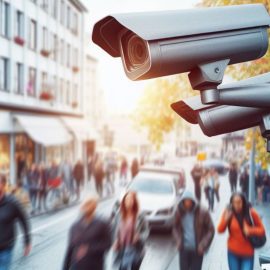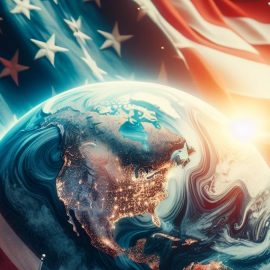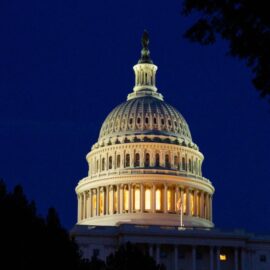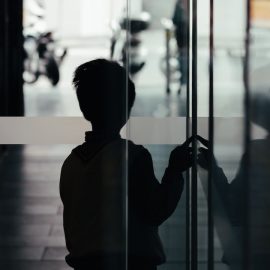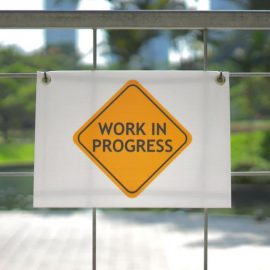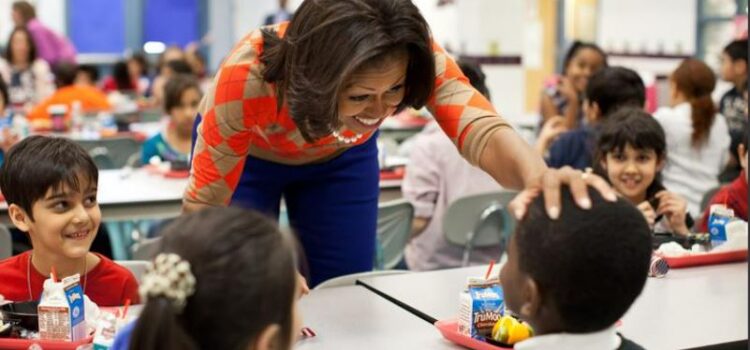
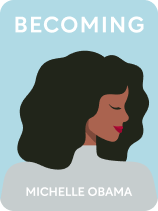
This article is an excerpt from the Shortform book guide to "Becoming" by Michelle Obama. Shortform has the world's best summaries and analyses of books you should be reading.
Like this article? Sign up for a free trial here .
What did Michelle Obama achieve during her time as First Lady? How did she use her newfound power to make a positive impact?
Michelle Obama knew better than to try to meddle in political matters as First Lady. However, her position as First Lady gave her the publicity and resources to run campaigns to try to help children and military families.
Keep reading for more on Michelle Obama’s accomplishments as First Lady.
First Lady Michelle’s Successes
Throughout Barack’s first term, Michelle Obama’s accomplishments made a difference for Americans. However, before she could make any changes, she first had to learn how to strategically use her position as First Lady. Michelle knew she couldn’t meddle publicly in West Wing matters. Voters elected her husband, not her.
She took a cue from Hillary Clinton, who was now Barack’s Secretary of State but was First Lady from 1993 to 2001. Hillary was crucified by the press for taking too strong a role in her husband’s administration, particularly regarding health care reform. Michelle knew she had to employ more subtle tactics to accomplish her goals.
She started a leadership and mentoring program for high school girls. Each teenager was nominated by her school principal or guidance counselor, then paired with a female mentor, many of whom held jobs in the White House. The girls went on field trips, attended career coaching sessions, and got together once a month with Michelle to talk about anything they wanted to talk about. Michelle wanted the girls to feel comfortable coming to the White House, so they would grow up to feel comfortable in any room anywhere in the world.
Reach Higher Education Initiative
One of Michelle’s accomplishments was the Reach Higher initiative. Concerned about the number of school-age children who were being killed by gun violence, Michelle launched an education initiative called Reach Higher. The goal was to get more kids interested in continuing their education beyond high school—whether through a professional training program, community college, or four-year college or university—by making them aware of the ways they could get there.
Michelle knew that her own success in life was largely due to parents, teachers, and mentors who pushed her to do her best and reminded her that she was important. She also knew that many school-age kids, especially in urban areas, did not have mentors or role models to make them aware of what they could achieve. These kids needed to learn what their career and college opportunities were and how they could access them. Reach Higher provided financial assistance to high school guidance counselors to help students get into college, set up programs for summer internships and learning opportunities, and made it easier for students to obtain federal financial aid.
Joining Forces: Michelle’s Initiative for Military Families
Michelle, often accompanied by Jill Biden, visited military hospitals and was moved by how the injured soldiers and their families retained their optimism and pride despite terrible setbacks. In private conversations with Michelle, soldiers would often tell her that the last thing they wanted was pity.
She felt so inspired by the soldiers’ resilience—and that of their spouses and children—that she started a new initiative called Joining Forces. The concept was to establish concrete ways for Americans to rally around military service members, veterans, and their families and support them through wellness, education, and employment.
Joining Forces worked in tandem with the public and private sectors to find jobs for veterans and help them get access to higher education. It also created media campaigns to fight the stigma behind PTSD, or post-traumatic stress disorder. This was another one of Michelle Obama’s big accomplishments.
Michelle’s Chicago Violence Prevention Program
Soon afterward, Michelle embarked on a violence prevention campaign in Chicago. She got local business leaders and the mayor to expand programs for at-risk youth in the city. She met with students from a South Side high school where gun violence had killed or injured dozens of classmates. The students told her that the most dangerous days were the days when the weather report was “80 degrees and sunny.” On good weather days, the gangs were always more active, so the students learned to stay inside for safety.
Michelle was honest with the students, telling them that getting more restrictive gun legislation passed was difficult—the National Rifle Association held a lot of power over Congress through their campaign donations. The violence issue was daunting and could not be solved easily. But she could offer them a tiny ray of hope: She told them to use school as their way out. If they studied hard, they could get into good colleges and find their way into a better life. She told them that education had been her savior, and it could be theirs as well.
Michelle knew that mere words from the First Lady wouldn’t magically turn these kids’ lives around, but she wanted to offer them a different narrative than the one they so often heard—that as black inner-city kids, they were doomed to failure. She believed that by telling them her story, they might see “a glimpse of a way forward.”
Michelle’s Final Initiative: Let Girls Learn
At the White House, Michelle, Barack, and Malia met with Malala Yousafzai, a Pakistani teenager who had been shot by the Taliban because she advocated for girls to go to school. Six months after Malala’s visit, an extremist group kidnapped 276 Nigerian schoolgirls, again sending the message that girls should not be allowed access to education.
In response, Michelle launched a government-wide initiative to help young girls around the globe have better access to education. Michelle felt a personal investment in making sure girls could go to school: Education was her ticket to a better life, and she knew it would be true for others as well.
Barack assisted in securing funding for Michelle’s initiative, called Let Girls Learn. Michelle called on celebrity friends, including Stephen Colbert and Kelly Clarkson, to add some star power to her campaign. She enlisted Diane Warren to write the pop song “This is For My Girls.” Profits from the song helped to fund girls’ education around the world. Michelle even guest-starred on James Corden’s YouTube show Carpool Karaoke to help raise awareness.
Michelle’s campaigns for helping children were some of her biggest accomplishments as First Lady.

———End of Preview———
Like what you just read? Read the rest of the world's best book summary and analysis of Michelle Obama's "Becoming" at Shortform .
Here's what you'll find in our full Becoming summary :
- How Michelle Obama went from the South Side of Chicago to the White House
- Why much of her success came from her being determined from a young age
- How Michelle Obama continues to push herself and discover new opportunities


